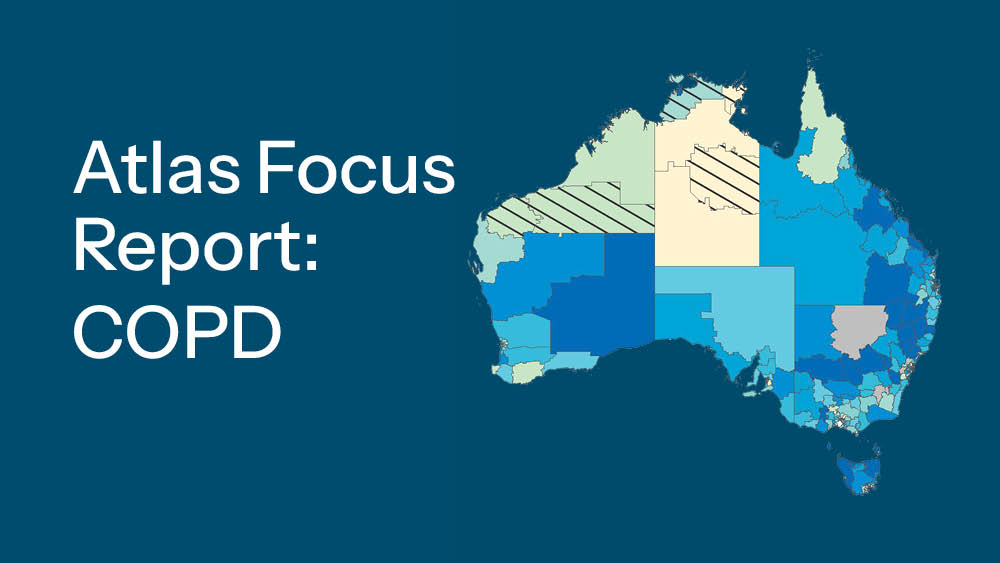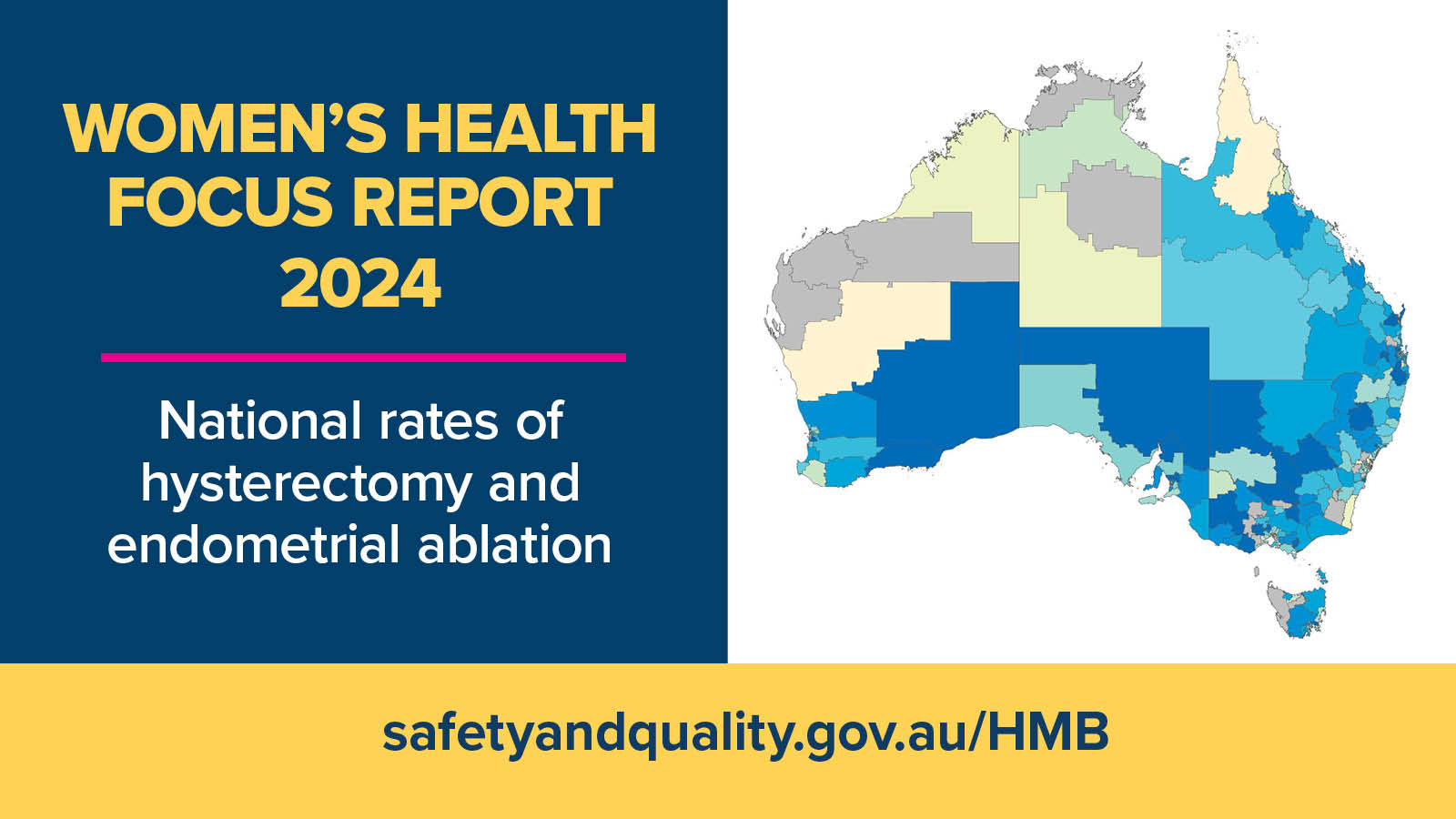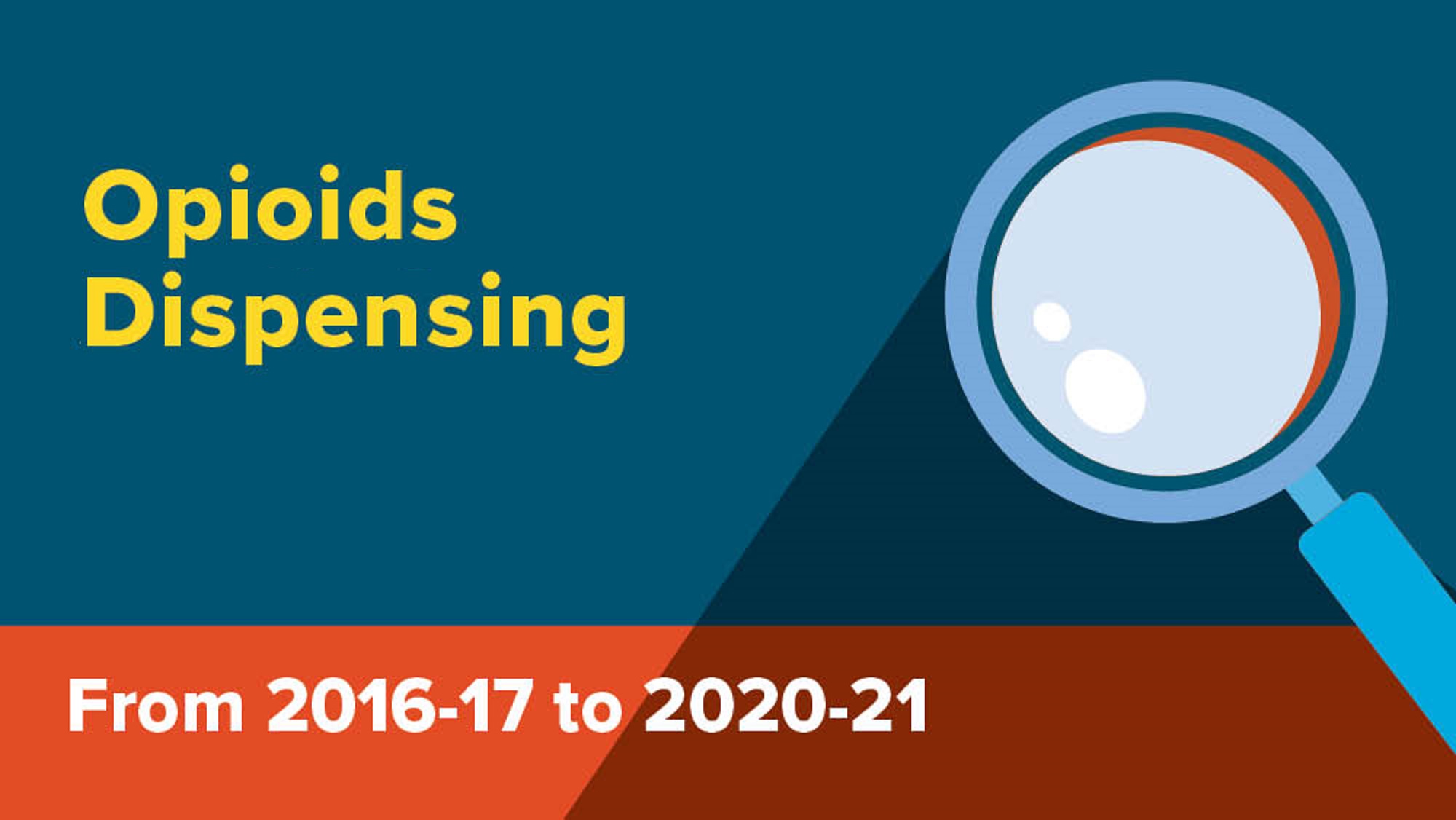Atlas Focus Report: Colonoscopy
This Australian Atlas of Healthcare Variation report examines MBS-subsidised repeat colonoscopy (within 2 years and 10 months), including variation by socioeconomic disadvantage, remoteness and trends over time.
Released on 21 September 2025
Introduction
Colonoscopy is often used to investigate possible bowel cancer in people with symptoms or signs of bowel disease, including a positive screening test, or with a known increased risk of bowel cancer. It may also be used to help diagnose the cause of symptoms in conditions such as inflammatory bowel disease. A colonoscopy may be repeated for monitoring (surveillance) after abnormalities are found, for people at increased risk of bowel cancer or for surveillance of chronic conditions. If surveillance is required, an interval of 1, 3, 5 or 10 years is recommended, according to the person’s risk, with 5 years often recommended.
Only a small proportion of people (those at higher risk) are recommended a repeat (surveillance) colonoscopy before three years, if guidelines are followed.1 This report examines rates of colonoscopy repeated within 2 years and 10 months of a previous colonoscopy, using Medicare Benefits Schedule (MBS) data. The interval was chosen to exclude services to people who are recommended a three-year surveillance colonoscopy and who presented slightly early.
Key findings
- In 2023–24, there were 691,514 MBS-subsidised colonoscopy services nationally; there were 141,558 MBS-subsidised repeat colonoscopy services nationally, accounting for 20% of the total services
- Rates of MBS-subsidised repeat colonoscopy before 2 years and 10 months decreased nationally by 8% between 2013–14 and 2023–24
- In 2023–24, there was an 18-fold difference between the local area with the highest rate of MBS-subsidised repeat colonoscopy and the local area with the lowest rate, compared to 2013–14, when there was an 11-fold difference
- Remote areas decreased by 26% (157 to 116 per 100,000 people), compared to major cities which decreased by 6% (543 to 510 per 100,000 people), between 2013–14 and 2023–24
- The most socioeconomically disadvantaged areas consistently had the lowest rates (334 per 100,000 people) of repeat colonoscopy and their rates reduced the most (17%) between 2013–14 and 2023–24, and the least socioeconomically disadvantaged areas consistently had the highest rates (609 per 100,000 people), which increased by 2%.
Dashboard
From data to action
Tools and resources
- Colonoscopy Hub
Learn more about our work to support safe, appropriate and high-quality use of colonoscopy and access more resources.
- Highlights Report: Colonoscopy
An overview of the updated Colonoscopy Clinical Care Standard and national findings from the Atlas Focus Report: Colonoscopy.
- Colonoscopy Clinical Care Standard
The updated Colonoscopy Clinical Care Standard describes the safe, appropriate and high-quality use of colonoscopy.
- User Guide for Reviewing Clinical Variation
A six-step approach to the review of clinical variation data, and case studies that put those steps into action.
Other useful resources
- Clinical practice guidelines for surveillance colonoscopy, Cancer Council Australia
- Information about colonoscopy – a fact sheet for patients, Gastroenterological Society of Australia (GESA)
- Clinical practice guidelines for the prevention, early detection and management of colorectal cancer, Cancer Council Australia
- Guidelines for preventive activities in general practice (the Red Book)26, RACGP
- National guide to preventive healthcare for Aboriginal and Torres Strait Islander people, NACCHO and RACGP
- Value In Care – optimising surveillance COLonoscopy (VIC-COL) in Victorian healthcare services, resources for supporting alignment with guidelines
- Strengthening foundations for auditing and oversight in colonoscopy care, case study from Northern NSW Local Health District
Data resources
How-to videos
Using interactive features
Interpreting the map
Not published data
Using interactive features
Interpreting the map
Not published data





